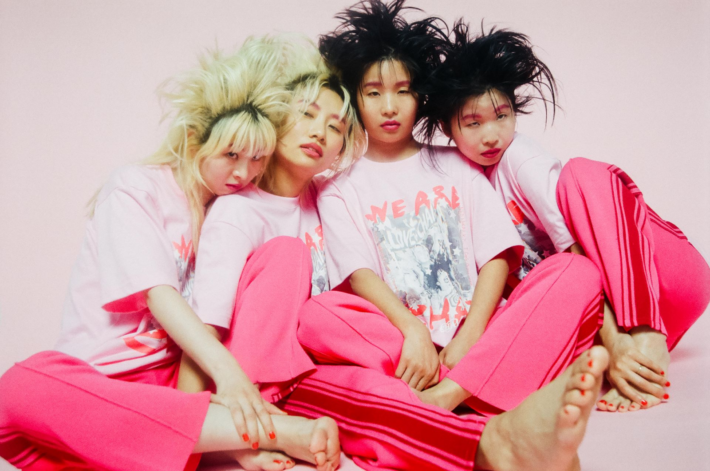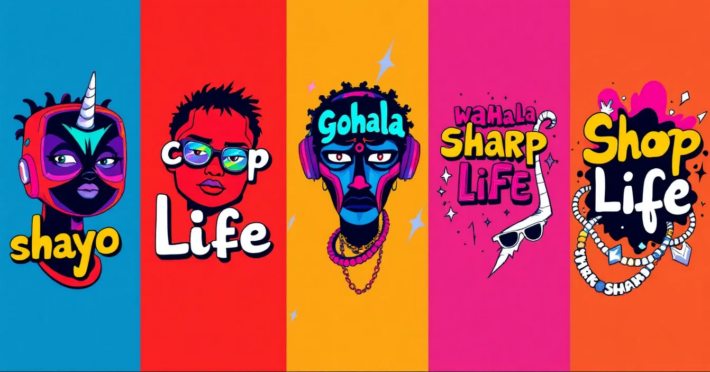Culture is Not One Thing: The Many Faces of Influence
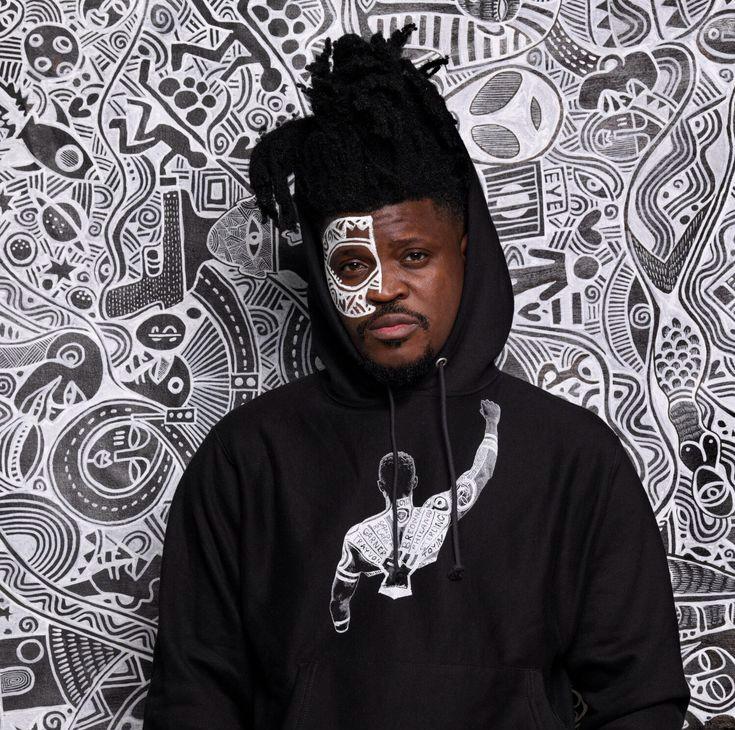
Introduction: The Myth of a Single Culture
Culture is often thrown around as a buzzword—something brands, creators, and media outlets reference as a singular, monolithic force. But here’s the truth: Culture is not one thing.
What we call “culture” is actually a collection of overlapping, sometimes conflicting, ecosystems. There’s mainstream culture, the polished version that gets mass adoption. But beneath that surface, there are subcultures, countercultures, and micro-communities—the true engines of influence.
The real power in today’s world isn’t about chasing what’s already mainstream; it’s about understanding where influence originates. The underground always dictates the future.
So, what are the layers of culture, and how does influence truly work?
Understanding Culture’s Layers: The Influence Pyramid
To understand culture, you need to look at its four layers:
1. Mainstream Culture – The widely accepted, dominant culture that defines the status quo (e.g., Pop music, Hollywood, Global fashion weeks).
2. Subculture – Niche communities that share distinct aesthetics, language, or behaviors but still engage with mainstream culture (e.g., Skateboarding, Anime, Sneakerheads, Alté in Nigeria).
3. Counterculture – Movements that actively reject mainstream norms and create alternative lifestyles (e.g., Punk, DIY street fashion, Web3, Decentralized music scenes).
4. Microcultures – Small, hyper-focused communities that thrive in digital and physical spaces, often influencing larger trends (e.g., SoundCloud rap, ASMR YouTubers, BookTok).
The mistake brands and marketers make? They focus only on the mainstream and ignore the cultural origins of influence.
The Power of Subcultures: How Small Movements Shape Global Trends
Most of today’s dominant trends started in subcultures before becoming mainstream. Here are a few examples:
UK Drill & Global Rap Evolution
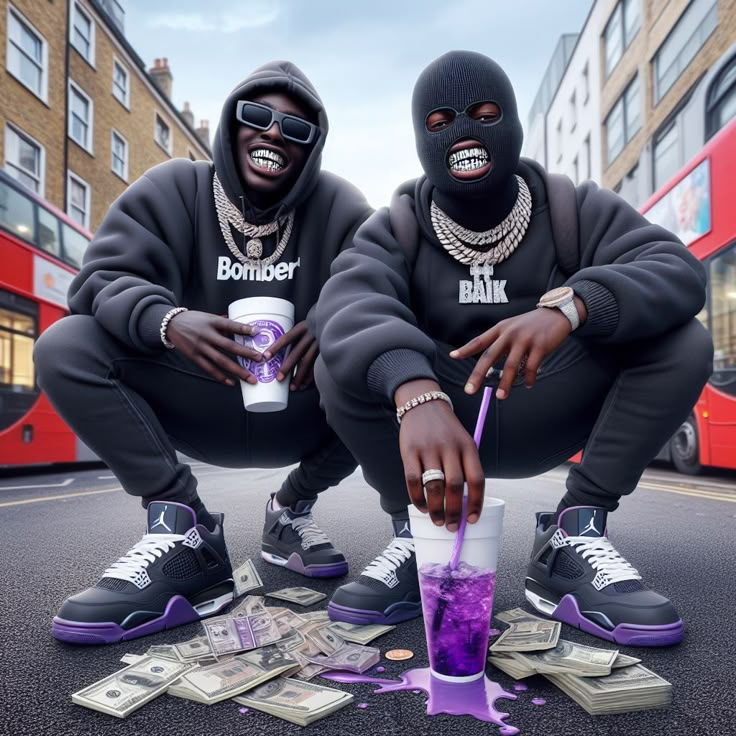
• UK Drill was a niche, underground movement influenced by Chicago Drill but evolved in London’s streets. Now, it influences mainstream music across the US, France, and even Ghana (Asakaa Drill).
• Artists like Central Cee and Pop Smoke helped push the genre to mainstream charts, proving that subcultures don’t stay underground forever.
Anime & Africa’s Growing Otaku Scene
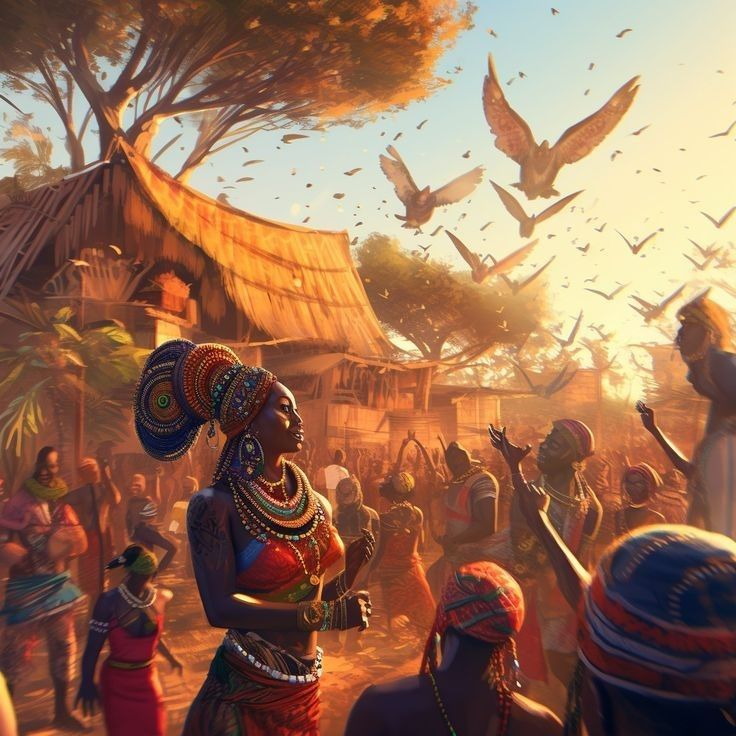
• Once seen as a niche interest, Anime has exploded across Africa, with conventions and fan bases in Lagos, Nairobi, and Johannesburg.
• This rise led to Netflix investing in African anime-inspired projects, such as Iwaju in collaboration with Disney.
Amapiano: From Township Sound to Global Nightclubs
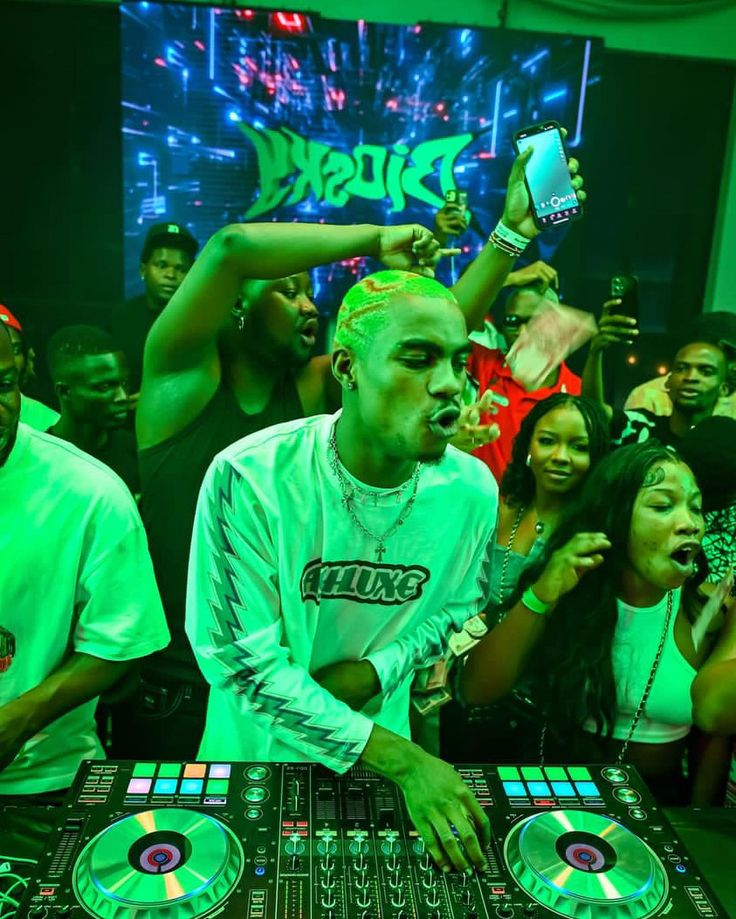
• The South African Amapiano movement started in townships before going global, with artists like Kabza De Small and Uncle Waffles making it a dominant club genre in London, New York, and Dubai.
• Amapiano’s influence is so strong that global stars like Burna Boy, Wizkid, and Drake have incorporated it into their music.
Key Takeaway: Subcultures are the R&D labs of culture. They experiment with ideas before the world catches on.
From Underground to Mainstream: When Subcultures Break Through
At what point does a subculture become mainstream? The process typically follows this pattern:
- Insider Adoption – The movement exists within a niche community (e.g., Skateboarding in California, UK Garage in London).
- Early Hype & Media Attention – Journalists, social media, and trendspotters pick up on it.
- Celebrity & Brand Adoption – Bigger influencers co-opt the movement (e.g., Louis Vuitton x Skate Culture, Afrobeats going global).
- Commercialization & Mass Appeal – The trend is now mainstream (e.g., Sneaker culture becoming a billion-dollar resale market).
- Backlash & Rebellion – Once a subculture becomes too commercialized, purists reject it, leading to a new underground movement.
Example: The Rise & Fall of Streetwear
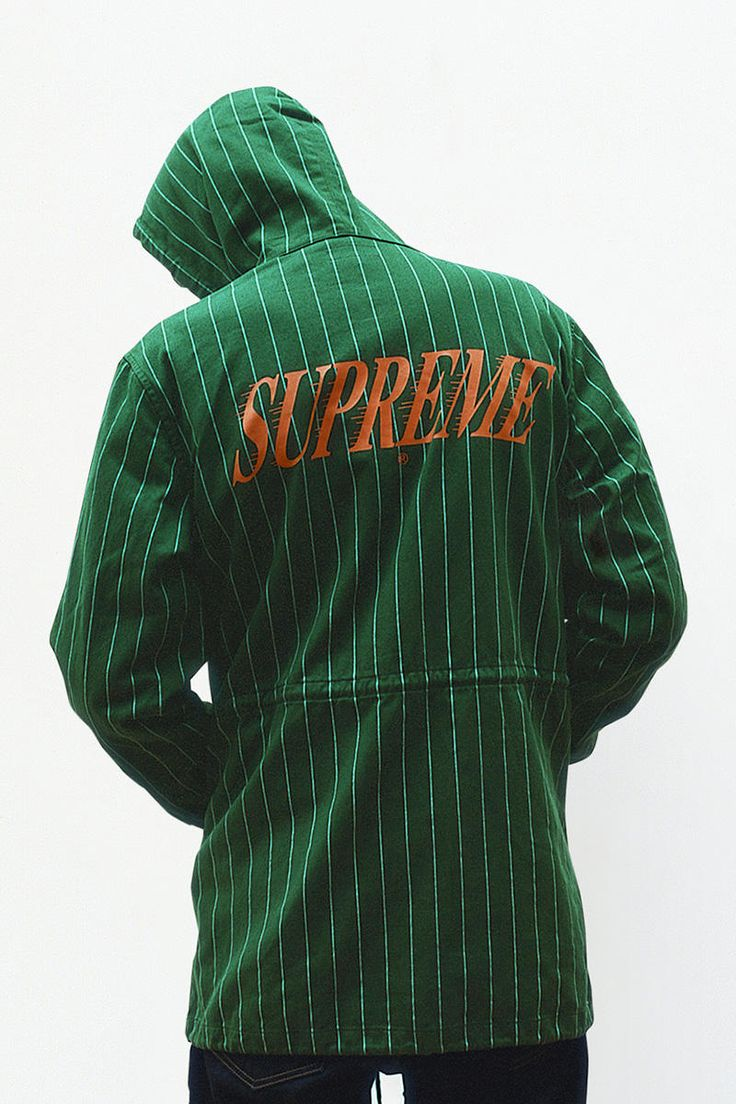
• Supreme started as an insider skate brand. Then, hip-hop stars wore it, brands like Louis Vuitton collaborated, and suddenly, it was mainstream.
• Today, Gen Z is rejecting mainstream streetwear in favor of quiet luxury and techwear, showing the cyclical nature of culture. More importantly, it highlights Gen Z’s evolving fashion preferences, moving beyond mainstream streetwear to embrace styles that prioritize functionality, individuality, and timeless design.
Key Takeaway: Everything mainstream today was underground yesterday. The challenge is knowing when to jump in—and when to move on.
Counterculture’s Influence: The Rebels Who Shape the Future
Countercultures don’t just reject the mainstream; they rewrite the rules. Some of today’s biggest disruptions came from movements that actively went against the norm.
Web3 & Crypto: The Anti-Corporate Financial Revolution
• What started as a niche hacker and libertarian movement in 2010 became a multi-trillion-dollar industry.
• Despite its volatility, blockchain technology is shaping the future of digital ownership and finance.
AI Art & The Anti-Establishment Movement
• Traditional artists rejected AI-generated art at first, but AI artists like Refik Anadol are redefining what’s possible.
• The NFT boom of 2021-2022 was countercultural before getting co-opted by mainstream brands.
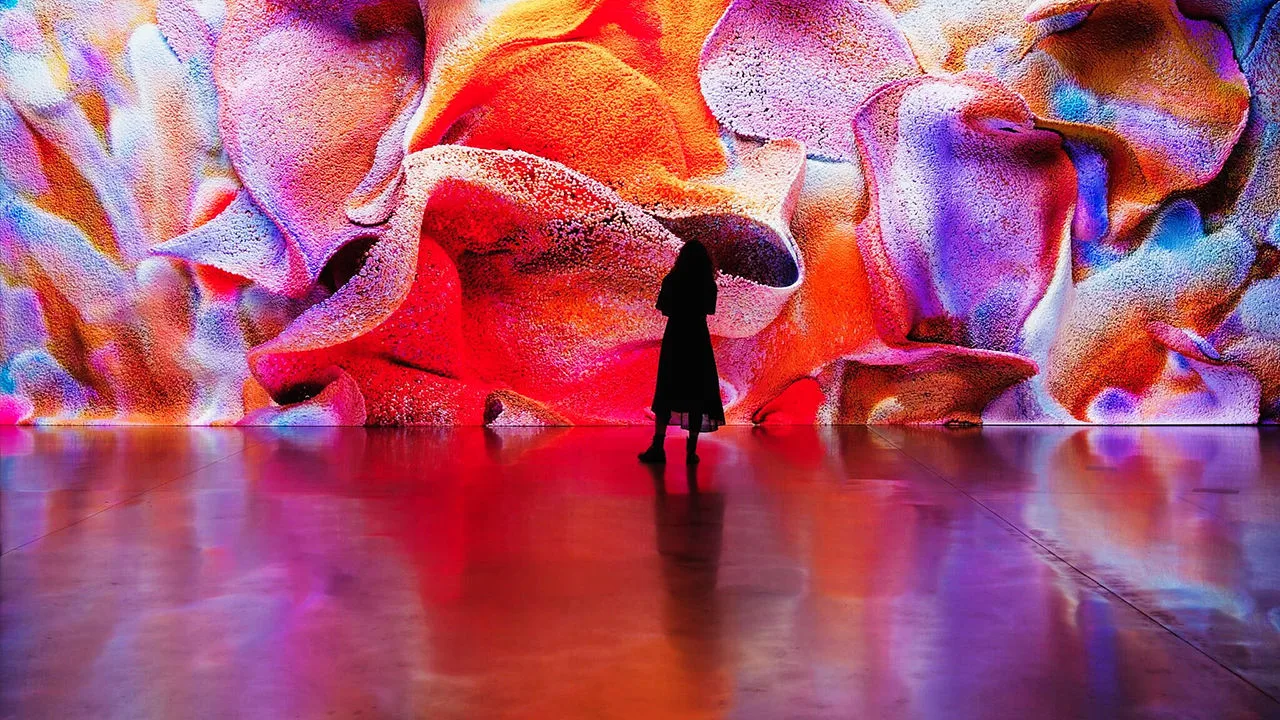
De-Influencing & The Anti-Hype Movement
• Gen Z is actively rejecting influencer-driven consumerism, leading to trends like “de-influencing”—where creators encourage people not to buy trendy products.
• Brands that rely too much on influencer hype are starting to feel the impact.
Key Takeaway: Countercultures challenge the status quo—and often create the next big industry.
How Brands Get Culture Wrong (And Right)
Brands That Failed:
❌ Pepsi’s Kendall Jenner Ad – Tried to commercialize activism without understanding it.
❌ H&M’s “Coolest Monkey” Hoodie – Ignored cultural sensitivities, leading to global backlash.
❌ Balenciaga & Over-Styling – Turned underground grunge aesthetics into something unrecognizable.
Brands That Won:
- Nike & Skateboarding – Nike initially failed in skate culture but later invested in the community to build real credibility.
- Red Bull & Extreme Sports – Red Bull didn’t just sponsor, it became part of the scene, creating real cultural moments.
- Netflix & K-Dramas – Netflix bet on Korean entertainment early, leading to global hits like Squid Game.
Key Takeaway: Brands that enter culture with respect and real investment win. Those that treat it like a quick trend lose.
The Cultural Feedback Loop: Reinvention, Resistance, and Relevance
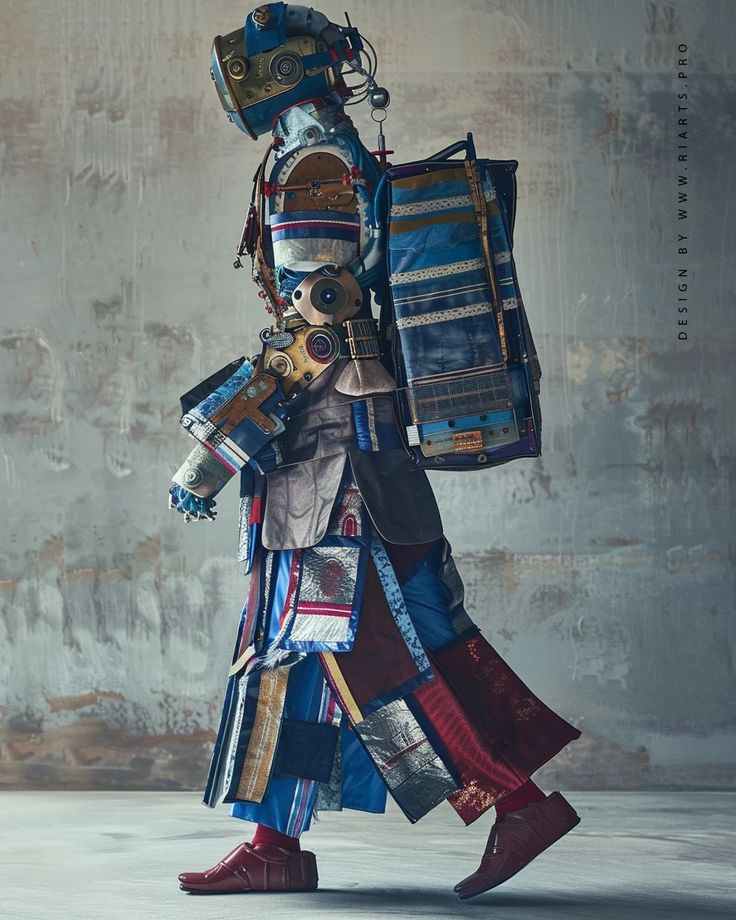
Culture is never static—it’s a constant negotiation between reinvention and resistance. What was once radical eventually becomes mainstream, only to be challenged again by the next wave of innovators. This feedback loop is what keeps culture dynamic, ensuring that every trend, art form, or movement goes through cycles of acceptance, rejection, and reinvention.
For instance, the rise of AI in creative fields sparked initial backlash from traditional artists who saw it as a threat to human expression. But rather than replacing artists, AI has become a new tool for creative expansion. Visionaries like Refik Anadol are proving that AI-generated art isn’t just an imitation but a new frontier for digital storytelling. His AI Data Paintings transform raw datasets into mesmerizing visual experiences, pushing the boundaries of what art can be in the digital age.
Similarly, subcultures that start as underground movements often face commercialization. Streetwear, which originated in skate and hip-hop communities, was once a countercultural statement against high fashion. Now, luxury brands like Louis Vuitton, Balenciaga, and Dior have embraced streetwear aesthetics. The same pattern applies to music, language, and digital spaces, where the fringes eventually redefine the center.
In 2025 and beyond, culture will continue to fragment into hyper-niche movements. The rise of AI-generated subcultures, fandom-driven economies, and decentralized communities means that influence is no longer top-down—it’s grassroots, digital-first, and unpredictable.
For brands, creators, and strategists, the challenge isn’t just chasing culture—it’s understanding where it starts. The next cultural revolution is already happening—but you’ll only see it if you’re looking in the right places.

